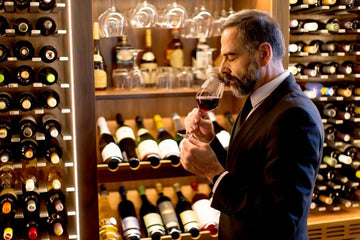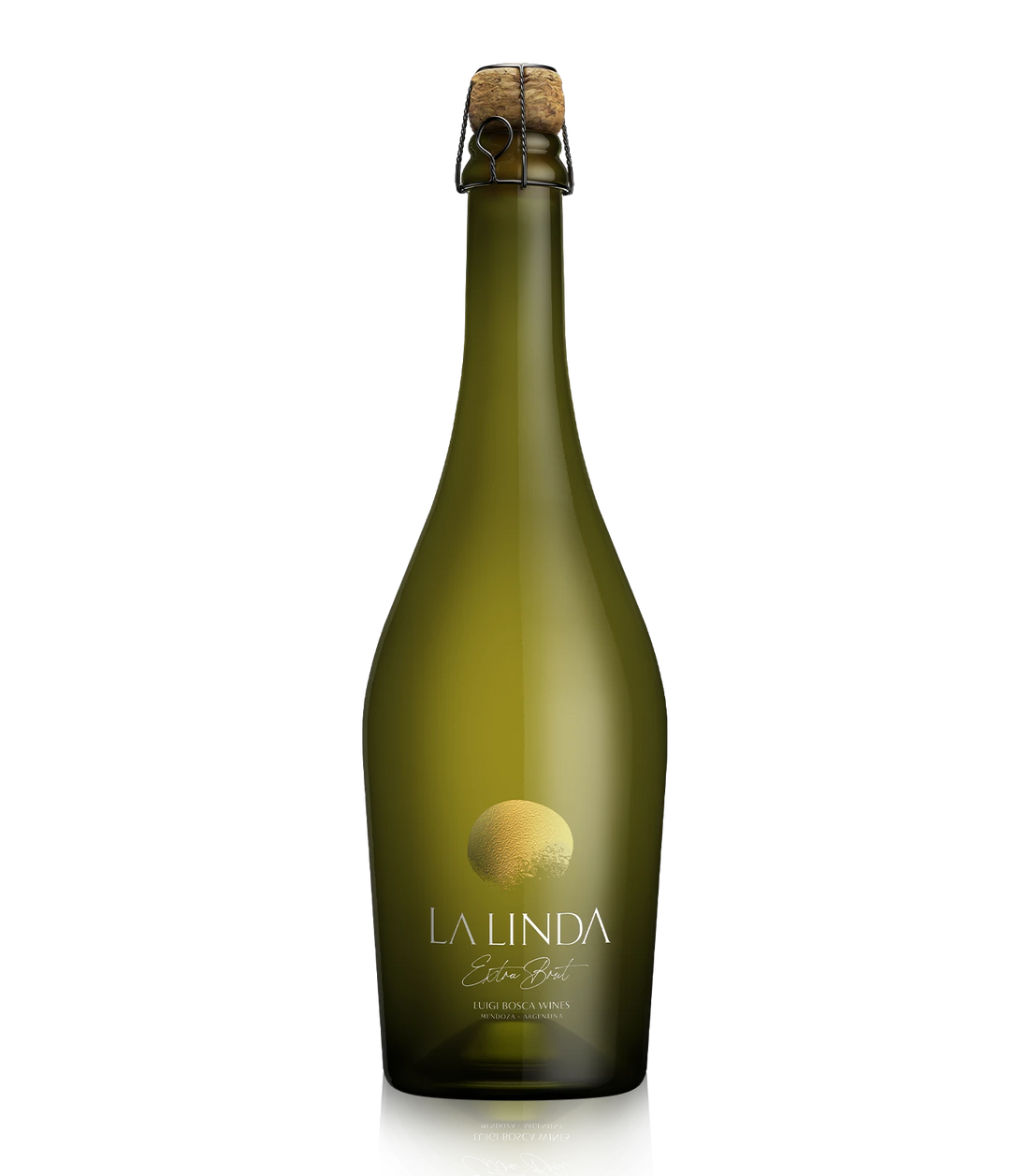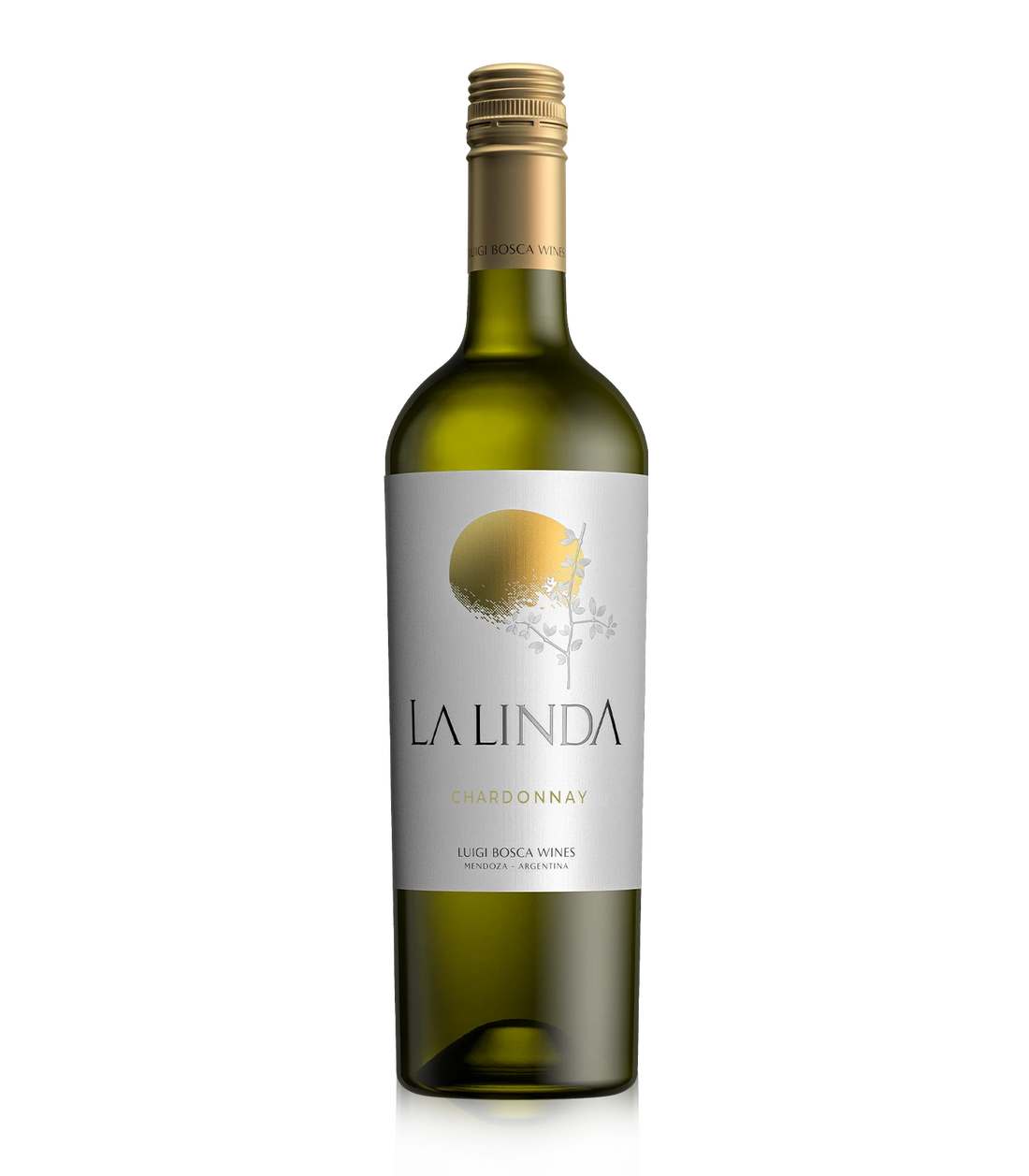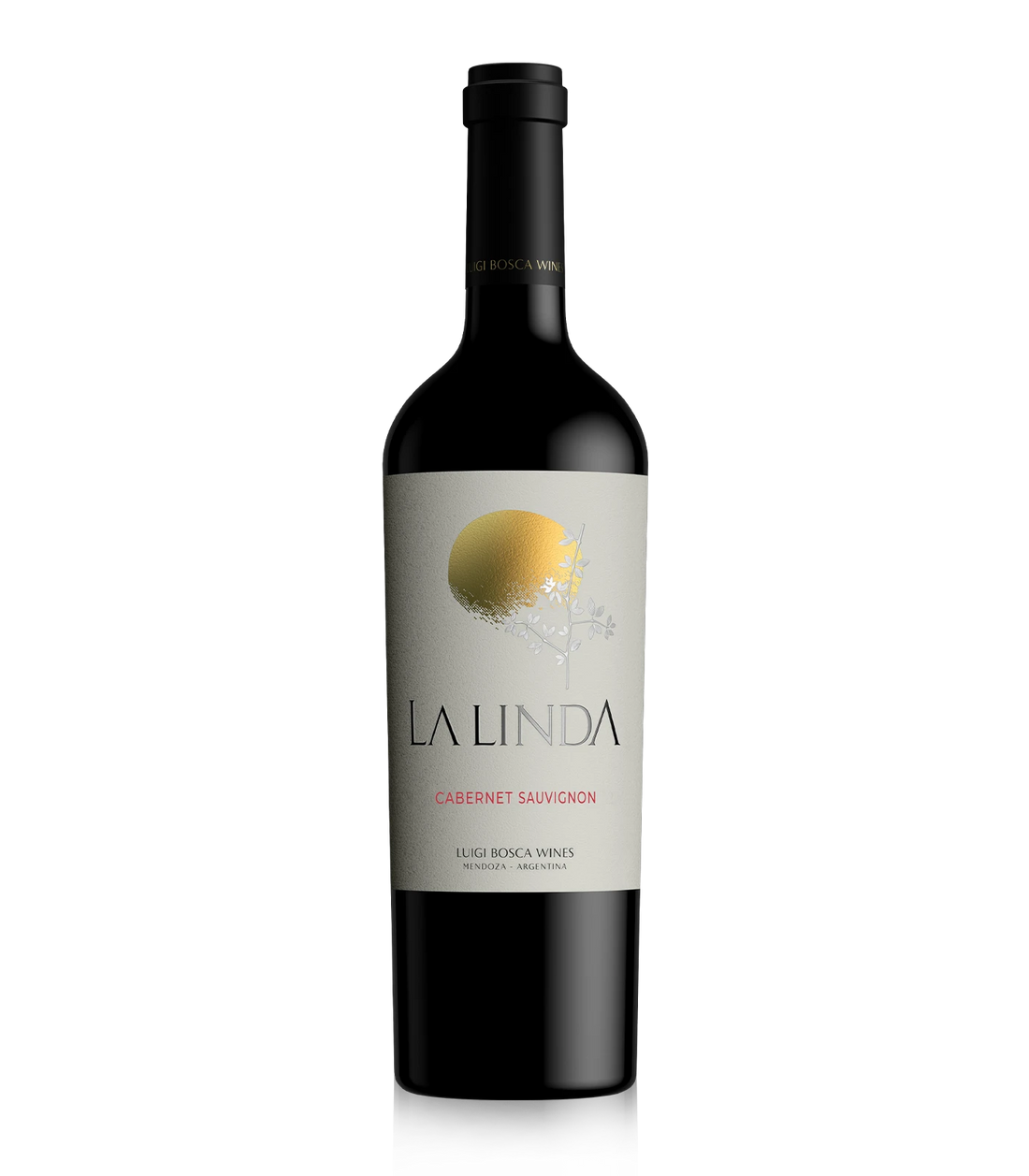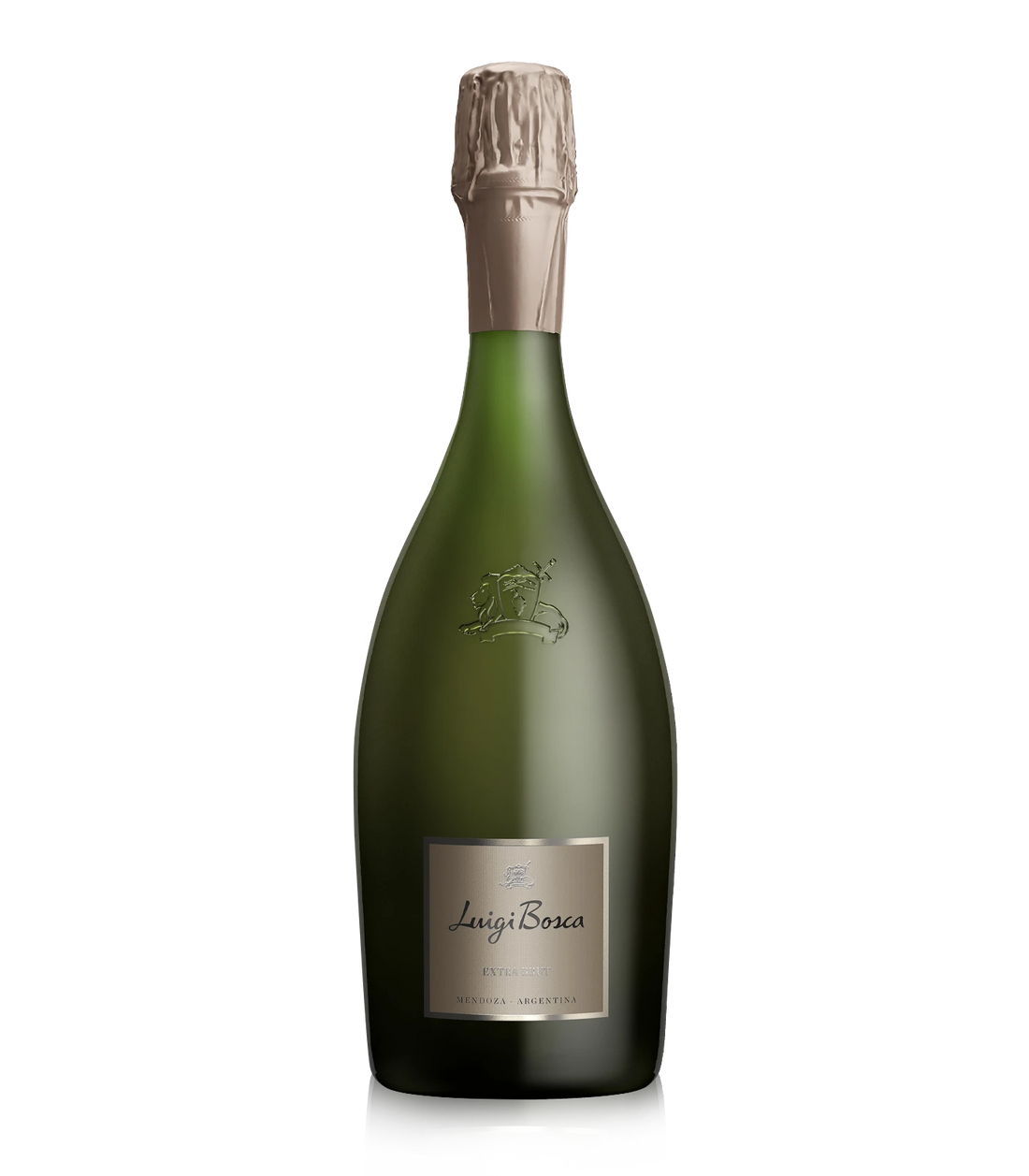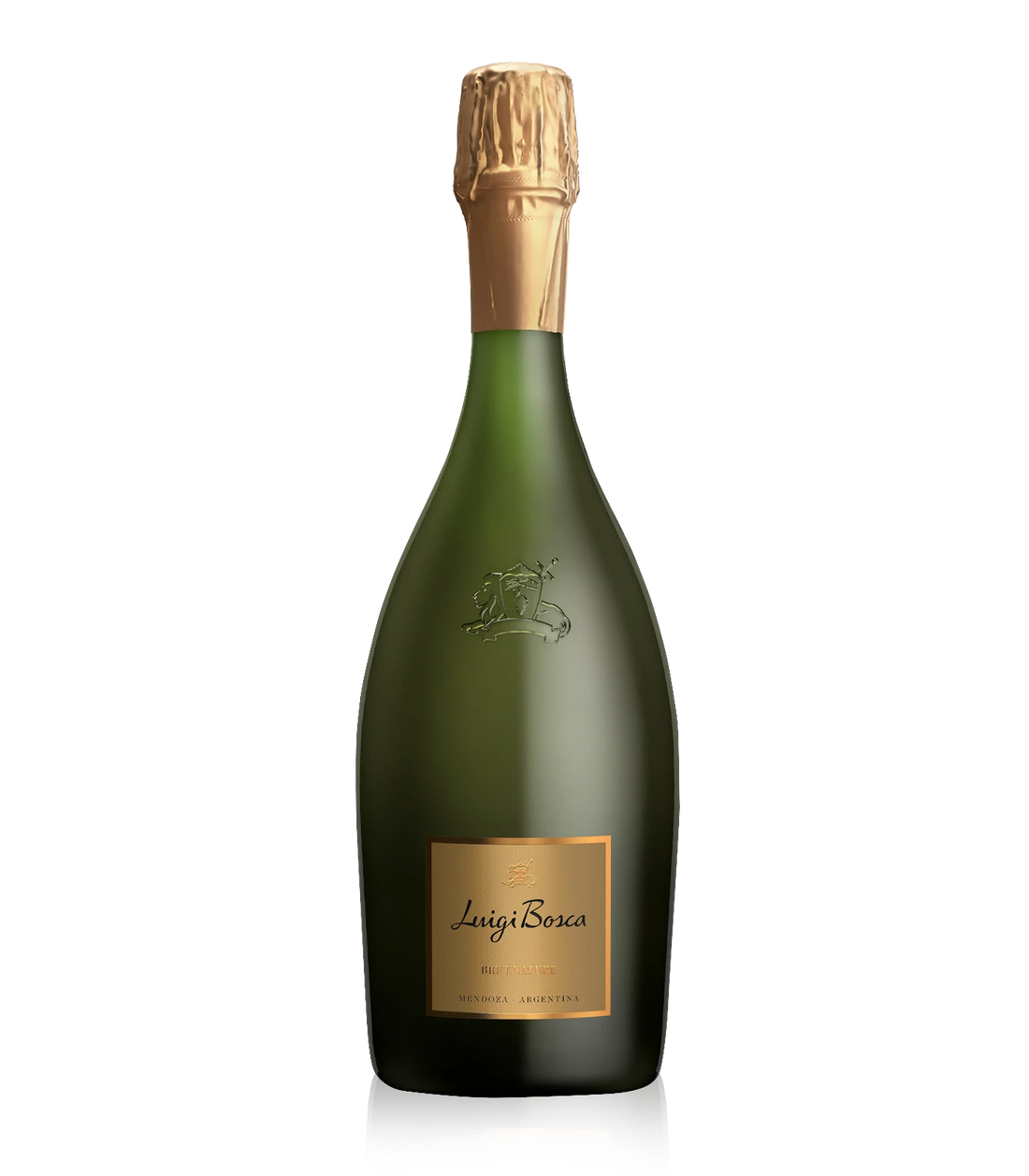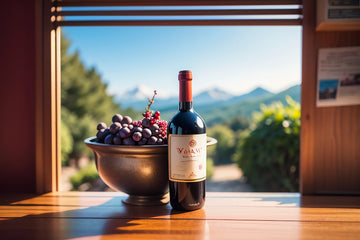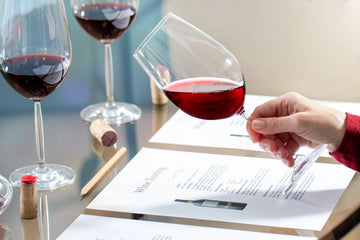Fine wines are a long-term investment, both financially and sensorially. Proper cellaring ensures that your prized bottles reach their full aging potential. Here's how to design, manage, and stock an effective wine cellar.
Designing a Wine Cellar: Temperature, Humidity, and Light Control
One of the first and most important steps in developing a wine cellaring strategy is evaluating your storage environment. There’s little value in building a beautiful wine collection if you don’t have the proper conditions to preserve it. Fine wines demand a meticulously controlled setting to age gracefully and protect your investment. Before you begin purchasing bottles, make sure you’ve addressed the key factors that contribute to ideal cellar conditions.
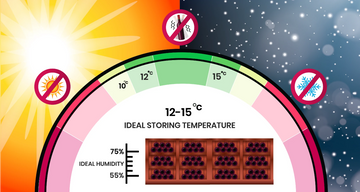
Temperature
Proper temperature is the foundation of successful wine cellaring. The ideal range is between 12–15°C (50–59°F), with 13°C (55°F) widely regarded as optimal for aging most wines. To achieve the best results, wines must be stored in a consistently climate-controlled environment. Excess heat and humidity can cause wines to mature too quickly, while cold or unstable storage can lead to the formation of tartaric acid crystals, often referred to as wine diamonds.
Humidity
Humidity control is equally important. Maintaining relative humidity between 55% and 75% helps preserve cork integrity, preventing oxygen ingress that could spoil the wine. Too little humidity dries corks, while excess moisture promotes mold and label damage. Using a humidifier or choosing a naturally humid location can help achieve the right balance.
Bottle Orientation
Storing bottles horizontally is essential for cork-sealed wines, as it keeps the cork in contact with the wine, preventing it from drying out. Wines sealed with screwcaps, however, can be stored upright without issue.
Vibration
Vibration can negatively impact a wine’s maturation. Constant movement disturbs sediment in red wines and may interfere with the delicate chemical changes occurring in the bottle. Choose shelving or racks that are sturdy and designed to reduce external movement.
Light
Light exposure, particularly ultraviolet (UV) light, can prematurely age wine and degrade its aromas. This is especially true for delicate wines such as Champagne, Riesling, and Sauvignon Blanc. Store your wine in a dark area or use UV-protected glass if your bottles are on display.
Managing Wine Cellar Inventory: Tracking and Organization Tips
Even if you think you know what’s in your cellar, chances are you don’t, at least not precisely. As your collection grows, it becomes surprisingly easy to lose track of what you own and when each wine should be enjoyed. Investing in a proper inventory system ensures you don’t miss a wine’s prime drinking window. Letting a bottle age too long isn’t just a missed opportunity; it’s a waste of money.
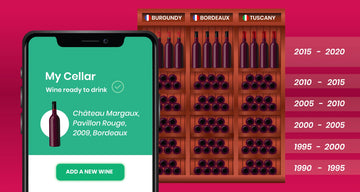
Wine Inventory Software
If you have a sizable cellar, consider using wine inventory software or a cellar management app to stay organized. These tools allow you to catalog your collection by producer, region, vintage, grape variety, and even program ideal drinking windows to ensure no bottle is overlooked.
Organized Storage
Organization within the cellar also plays a crucial role. Group wines by region, varietal, or vintage, depending on your preferences. Label shelves clearly and store bottles with labels facing up or outward for easy identification. A well-organized cellar improves access and helps you detect patterns in your purchasing and drinking habits.
How to Choose Wines for Cellaring and Long-Term Aging
Before you start purchasing wines, take a moment to consider the purpose of your cellar. Are you collecting as a financial investment, curating a personal collection, or building an educational library? Your answers will shape your buying decisions and overall cellar strategy.
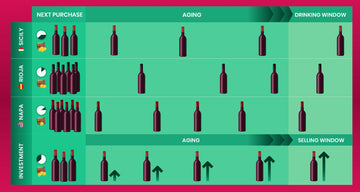
Budget Planning
Budget is a consideration for every wine collector. Assess how much you typically spend on wine annually and what you’re comfortable allocating to your collection. A thoughtful budget helps you build a balanced, versatile cellar that offers flexibility across styles and occasions.
Regional Focus
Regional diversity enhances your cellar. While it’s tempting to focus on favorites like Bordeaux, Barolo, or Napa Cabernets, including wines from lesser-known areas adds variety and interest. A semi-focused buying approach balances depth and breadth across regions and vintages.
Vintage Selection
Vintage selection is essential. For personal enjoyment, aim for a balanced mix of wines, some ready to drink now and others with aging potential. Ideally, choose age-worthy wines that will mature at different intervals to avoid everything peaking at once.
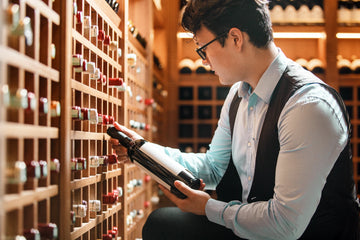
Drinking Windows
This ties back to vintage planning. If you’re buying multiple wines from the same vintage, ensure they vary in aging trajectories. Staggering maturity ensures a steady flow of bottles at their best and prevents waste.
Potential Value Increase
If you’re collecting for resale, focus on provenance and storage documentation. Only a small percentage of wines appreciate enough to offset storage costs, so buy what you genuinely enjoy drinking and treat appreciation as a bonus.
Purchase Quantity
As a general rule, avoid cellaring just a single bottle. Consider purchasing in increments of 3, 6, or 12 bottles to track a wine’s evolution and safeguard against spoilage. Whole cases are easier to resell, especially when kept in original packaging.
Wine Rotation and Seasonal Cellar Management
Your cellar should be in a constant state of turnover, with bottles coming in as others are being enjoyed. This natural flow helps you maintain a well-balanced collection and ensures smooth rotation over time.
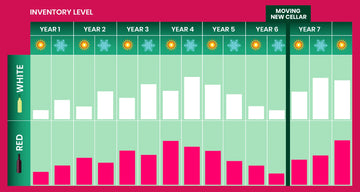
Seasonal Drinking and Stock Replenishment
Many wine lovers adjust preferences with the seasons, reaching for bright, crisp whites and rosés in summer and fuller-bodied reds in winter. Be mindful to restock wines for immediate enjoyment so your cellar remains both functional and satisfying year-round.
Planning for the Long Term: Cellar Size and Legacy
Beyond storage space, consider your stage in life and long-term intentions. Building a serious collection takes decades, and so does enjoying one. Eventually, you may shift from accumulating to maintaining or reducing, focusing on appreciation and enjoyment.
Building a Wine Cellar Strategy for Long-Term Success
Effective cellar management begins before the first bottle is laid down. Without a clear strategy, collections can grow haphazardly, leading to disorganization and forgotten bottles. Defining your goals early ensures your cellar reflects your taste, protects your investment, and enhances your overall wine experience.
Frequently Asked Questions
What is the best temperature to store wine?
The ideal storage temperature is between 12 and 15°C (50–59°F), with 13°C (55°F) considered optimal. Consistency is key to preventing premature aging or cork damage.
What humidity level should I maintain in my wine cellar?
Maintain a relative humidity of 55–75% to keep corks moist and prevent oxidation. Too little dries corks, while too much can cause mold and label damage.
Should wine bottles be stored horizontally or upright?
Wines sealed with corks should be stored horizontally so the cork stays in contact with the wine. Screw-capped bottles can be stored upright.
Can vibrations or light affect wine aging?
Yes. Vibration disturbs sediment and affects aging, while UV light causes oxidation and flavor loss. Store wines in a dark, still environment.
Do all wines improve with age?
No. Only certain fine wines are designed for long-term aging. Many are best enjoyed within a few years of release, depending on their style and structure.
How can I track my wine collection effectively?
Use a wine inventory app or digital cellar management tool to log producer, region, vintage, and ideal drinking window. Regular updates help keep your collection balanced.
How often should I rotate or replenish my cellar?
Review your cellar every season. Replace bottles you’ve enjoyed, restock for short-term drinking, and check that long-term wines remain properly stored.
